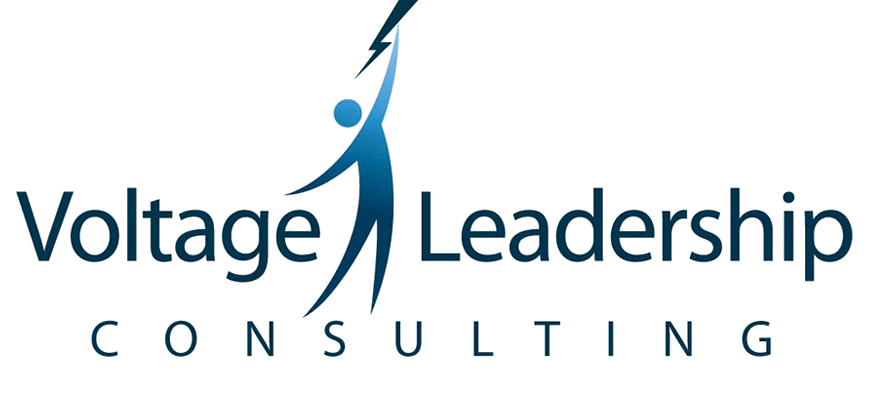STRATEGIC THINKING 101: CRAFT THE RIGHT QUESTION
This week we are revisiting Part 2 of an older but helpful blog for strategic planning.
In my last blog article, I indicated that planning to meet was the One Step Action Plan for Strategy. I hope you are working to add thinking time with your teams to the calendar this year! In that article I also talked about 2 types of thinking rhythms: strategic and tactical.
Today I want to walk you through an important design element for successful meetings: Asking the right questions.
Effective meetings have an essential common element: the right question is asked at the right time.
When people are asked the right question in a meeting they have to stop and think. What is the key sign that people are thinking? They stop talking.
The pause in a meeting is a sign you are asking a thoughtful question and that the people around the table are actually doing the most productive thing then can do: they are thinking. [Note: a long pause can also mean that people are terribly confused. You can usually tell by looking around the table and seeing if people are silently looking at YOU with, “What do you mean?” questions written on their faces, or if they are looking off into the distance. Looking up and off into the distance usually means they are thinking about the question. Looking at you means they don’t understand your question.]
The biggest asset any company has is the thinking power of its people.
Do you intentionally prepare for a meeting to harness the thinking of your team?
When was the last time you sat down and prepared a set of questions to intentionally shape the direction of the thinking in your team meeting?
To have a meeting actually pause while people think requires the right questions.
Here are some tips for Crafting Effective Questions for your next meeting:
First, a guiding principle: Different thinking environments call for different questions. Is your thinking environment strategic or tactical? These environments require different types of questions to be effective.
Tactical time is a monthly, weekly and daily event. These meetings are more swift and action-execution driven. Strategic time is best pursued in annual, quarterly and regular one-on-one meetings.
The monthly meeting tethers the strategic and tactical thinking of an organization.
Strategic Meeting Tip #1:
The questions to craft in strategic sessions are Why, Who, and What questions.
Why is it important that this business exist and persist?
Who do we serve?
What do they need?
What is our value proposition?
Strategic Meeting Tip #2:
Limit How, Where and When questions in strategy sessions. These questions are more tactical in nature.
If you pose them, keep How, Where and When questions focused on vision, values and strategy. There are, of course, exceptions. When How, Where and When questions relate to the core values of the organization they are strategically significant. (ex: How shall we reflect our values in this year’s Winning Moves? How does this goal meet the mission and fulfill the vision of the organization? Where are our customers moving in their needs and thinking?) For the most part, How, Where and When questions are more appropriate for Monthly, Weekly or Daily meetings.
Tactical Meeting Tip #1:
Asking the right outcome-oriented questions keeps these meetings moving. What, Where, When questions are the ones to ask. Be intentional with How questions.
Tactical Meeting Tip #2:
Do not pose Why questions. Move them to when you have the appropriate amount of time to address them like a Monthly or Quarterly meeting.
Tactical Meeting Tip #3:
Limit How questions. How is the question you are paying people to answer, and when posed frequently by a leader is a sign of micro-managing. Use How questions sparingly and with intention.
Next Steps to get your meetings revved up in 2020:
Craft an intentional set of questions to pose during each segment of the agenda.
Plan out your agenda well ahead of time. For annual and quarterly meetings send the agenda 48-72 hours ahead of time; for monthly meetings send the agenda 24 hours ahead.
Include your questions with the agenda you send to your participants.
Warning: Mixing strategic thinking with tactical thinking gets you into the weeds quickly.
As you plan and review your agenda, think through which questions need to be asked as you move through the meeting, and then craft those questions with intention.
You will find that, with the right questions, you advance the thinking of the group and create a climate of purposeful, relevant and timely conversations. Happy Meeting!
How are you planning on implementing these tips and strategies into your 2020 organizational plan?
